Retro Replay Review
Gameplay
Etrom: The Astral Essence delivers a point-and-click isometric experience that feels both familiar and refreshingly modern. You guide Etrom through the dystopian streets and corporate complexes of Syghundia simply by clicking where you want him to go. This intuitive control scheme keeps exploration smooth and accessible, whether you’re navigating a crowded marketplace or maneuvering through a high-security research facility. The ability to pan, rotate, and zoom the camera with either mouse or keyboard ensures you always have the best vantage point on the combat zone or puzzle area.
(HEY YOU!! We hope you enjoy! We try not to run ads. So basically, this is a very expensive hobby running this site. Please consider joining us for updates, forums, and more. Network w/ us to make some cash or friends while retro gaming, and you can win some free retro games for posting. Okay, carry on 👍)
Combat in Etrom is a seamless fusion of traditional firearms and supernatural power. As Etrom harnesses the Astral Essence, he gains telekinetic blasts, energy shields, and time-dilation fields that layer tactical depth onto every gunfight. Enemy AI will attempt flanking maneuvers, forcing you to constantly reposition and juggle offense and defense. Boss encounters in particular feel like strategic puzzles: you must learn attack patterns, exploit momentary vulnerabilities, and conserve your Essence charge for critical windows of opportunity.
The role-playing elements deepen the gameplay loop. Gaining experience unlocks new Essences and upgrades—choices that let you specialize in crowd control, heavy artillery, or support roles. Side missions often reward you with unique enhancement modules or prototype weapons that further refine your build. While the core quest revolves around tracking down the prophet Johan, optional tasks—from hunting down rogue androids to decrypting forbidden data caches—offer satisfying detours that flesh out Syghundia’s world.
That said, there are moments when the pathfinding can feel slightly imprecise, especially in narrow corridors where clicks don’t always register as intended. Inventory management, with its grid-based storage and numerous loot tiers, can also become cumbersome without frequent equipment purges. Nevertheless, once you settle into Etrom’s rhythm—balancing missions, exploring hidden nooks, and experimenting with Essence synergies—the gameplay loop proves highly engaging and hard to put down.
Graphics
Visually, Etrom: The Astral Essence stands out with crisp, stylized 3D models and richly detailed environments. The dystopian world of Syghundia is rendered in muted neons and cold metallic hues, evoking a sense of oppressive corporate rule. From the grime-slicked back alleys to the gleaming towers of the Syndicate headquarters, each locale feels distinct and atmospheric. Dynamic lighting casts long shadows, and volumetric fog in industrial zones enhances the game’s noir sci-fi aesthetic.
The special effects tied to the Astral Essence are particularly impressive. Telekinetic whorls of energy, shards of crystallized light, and cascading particle streams all combine to create jaw-dropping combat visuals. Watching Etrom tear enemies apart with a focused Essence burst or erect a shimmering psychic barrier never grows old. These effects are not just for show—they provide immediate feedback on your abilities’ range, duration, and impact, which is crucial in fast-paced firefights.
Camera controls feel polished: panning and rotating never stutter, and zoom levels strike a good balance between tactical overview and detailed close-ups. Occasional clipping can occur when you corner the camera in tight spaces, but it’s never severe enough to hamper gameplay. Performance on mid-range hardware remains solid, with frame rates holding steady even during the most particle-heavy battles. Loading times between major areas are minimal, ensuring your immersion remains uninterrupted.
One minor graphical quibble is environmental repetition. Early industrial sectors reuse assets enough that experienced players may spot identical crates or walkways. However, the developers mitigate this with clever lighting changes, weather effects, and unique set-pieces in later chapters—such as the bioluminescent research labs—so the overall visual variety remains high.
Story
Etrom’s narrative begins in media res, with our protagonist—a high-ranking officer in Syghundia’s enforcement arm—stumbling upon a mysterious Astral Essence during a routine raid. This encounter forces him to resign from the corps and set out on a personal quest to uncover the Essence’s origins. His first objective: find Johan, a self-proclaimed prophet rumored to hold the key to mastering these cosmic powers. The premise balances immediate intrigue with broader questions about destiny, power, and the moral cost of corporate ambition.
Throughout the journey, you meet a cast of well-realized characters: a hacker with a penchant for dark humor, an exiled scientist obsessed with forbidden knowledge, and a rival agent whose loyalties remain ambiguous. Dialogue choices influence brief branching moments—deciding whether to grant mercy, extract information under duress, or sabotage a Syndicate operation. Although these decisions don’t overhaul the main plot, they do shape Etrom’s relationships and nag at you with lingering consequences down the line.
The writing leans into classic sci-fi themes: authoritarian oversight, the ethics of bioengineering, and the nature of consciousness. Scenes featuring Johan are deliberately enigmatic, blending prophetic monologues with surreal visuals that hint at a grand cosmic design. While some players might find these sequences a touch pretentious, they effectively underscore the game’s central mystery and compel you to press onward in hopes of clarity.
If there’s a narrative shortcoming, it lies in pacing. The midgame can bog down with investigative fetch quests that delay your confrontation with the core existential threat. That said, dedicated side missions and optional lore logs richly expand the setting, rewarding exploration with background on the corporate wars and the origins of the Astral Essence. For players hungry to piece together a multifaceted sci-fi epic, the payoff by the final act feels well worth the detours.
Overall Experience
Etrom: The Astral Essence stands as a compelling entry in the isometric action-RPG genre. It melds tight, responsive controls with a deep progression system, set against a visually striking dystopian backdrop. From your first Essence-powered skirmish to the game’s climactic revelations, you’ll find yourself invested in both the tactical combat and the unfolding conspiracy. The sense of growth—unlocking new abilities, discovering hidden areas, and forging alliances—drives you forward with steady momentum.
Minor technical quirks, such as occasional pathfinding hiccups or repetitive environmental assets, do little to detract from the core experience. The developers have demonstrated a strong commitment to polish, with performance optimizations and frequent patch updates addressing player feedback. Their attention to maintaining a balanced challenge curve ensures that novices and veterans alike can find enjoyment, whether you’re new to isometric action-RPGs or a seasoned enthusiast.
Replay value comes from experimenting with different Essence builds—emphasizing crowd control, brute force, or supportive synergies—and making alternate dialogue choices that subtly alter character interactions. While the main story remains linear, multiple gear rarities, hidden bosses, and post-game New Game+ content offer compelling reasons to revisit Syghundia after your initial run.
In sum, Etrom: The Astral Essence is highly recommended for sci-fi fans seeking a rich narrative, tactical depth, and striking aesthetics. It may not reinvent the wheel, but its solid mechanics, engaging story, and atmospheric world-building make it a standout title that’s well worth your time and investment.
 Retro Replay Retro Replay gaming reviews, news, emulation, geek stuff and more!
Retro Replay Retro Replay gaming reviews, news, emulation, geek stuff and more!
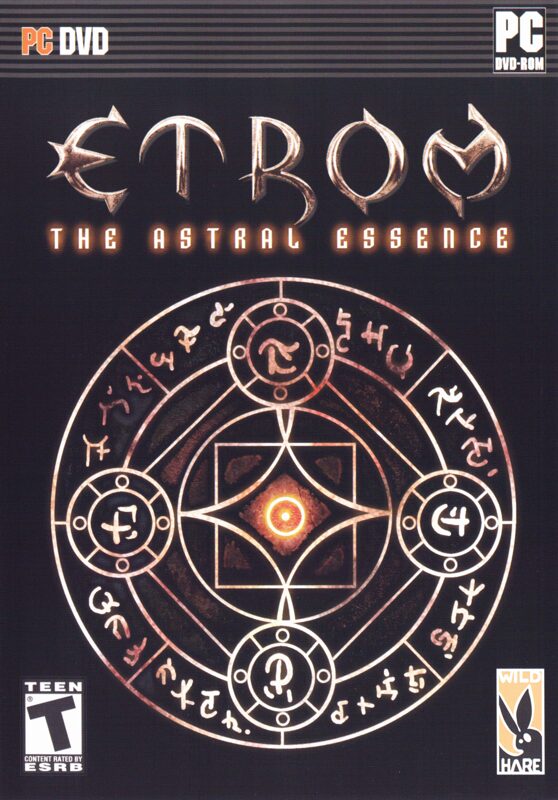
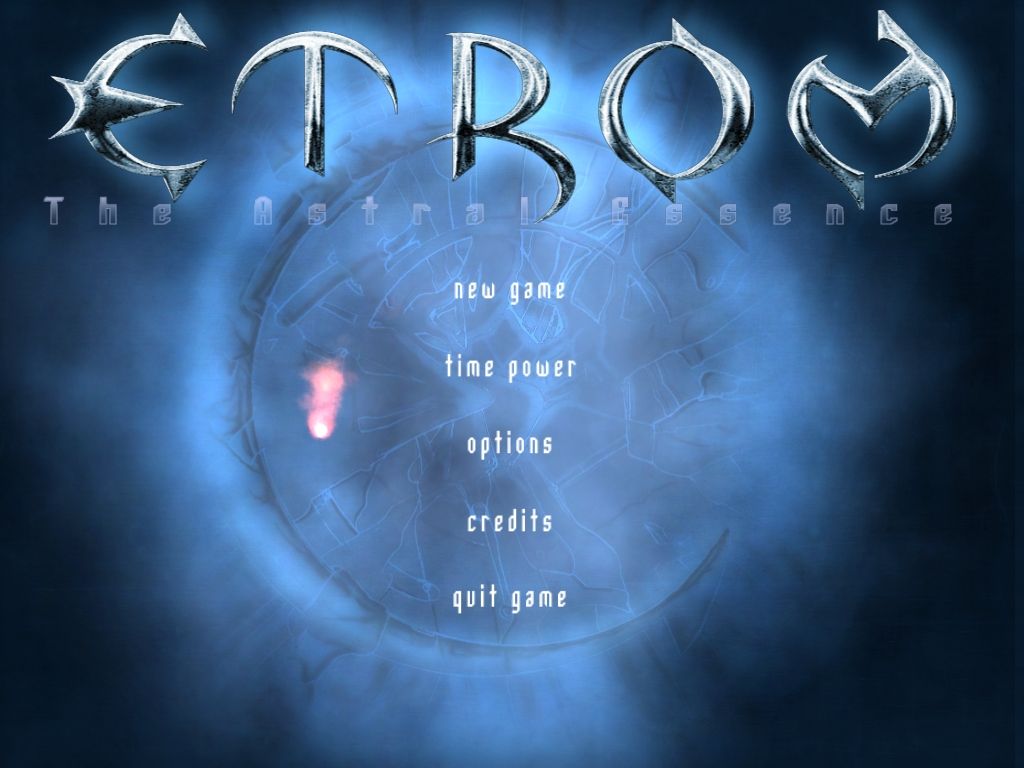
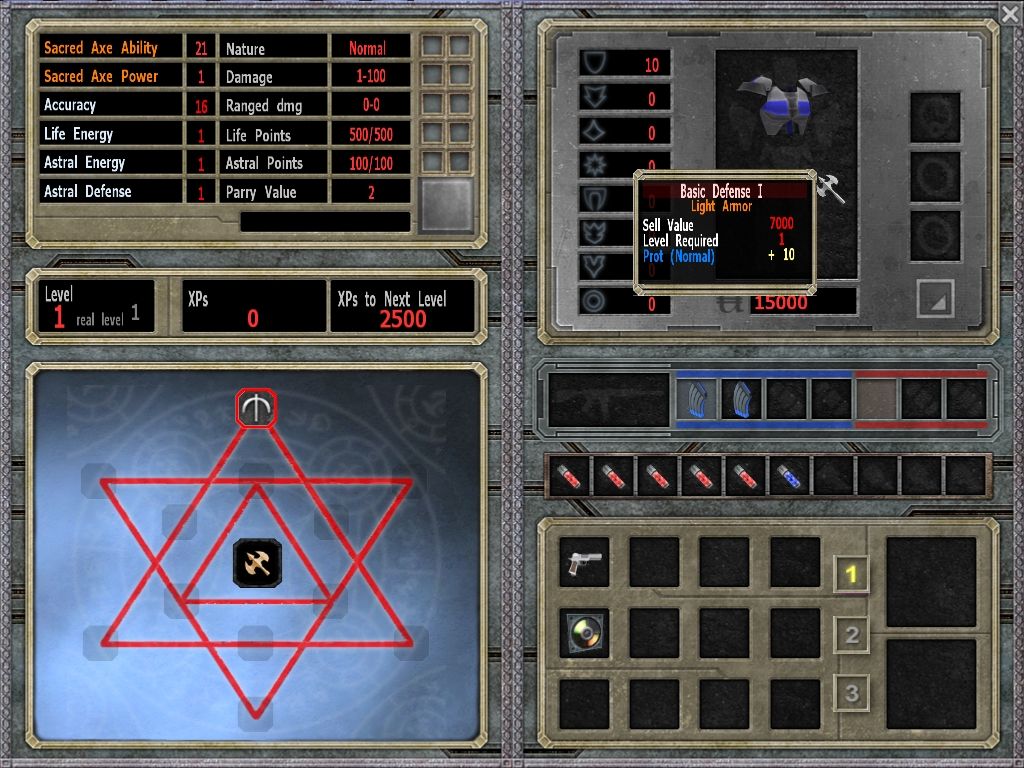
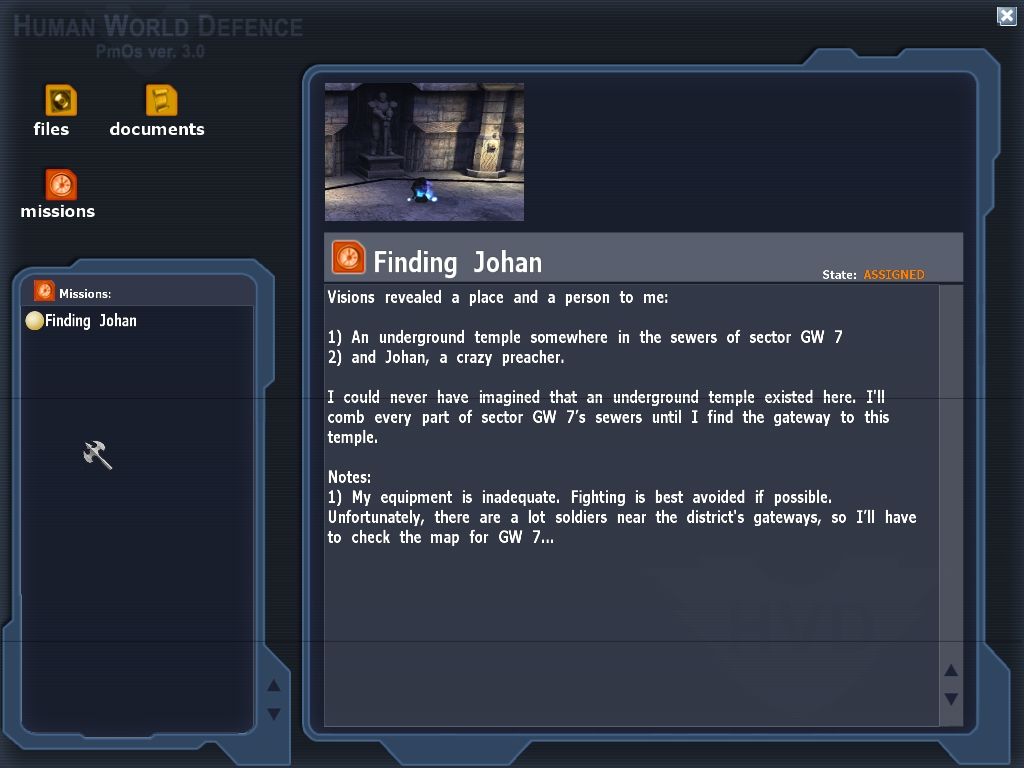
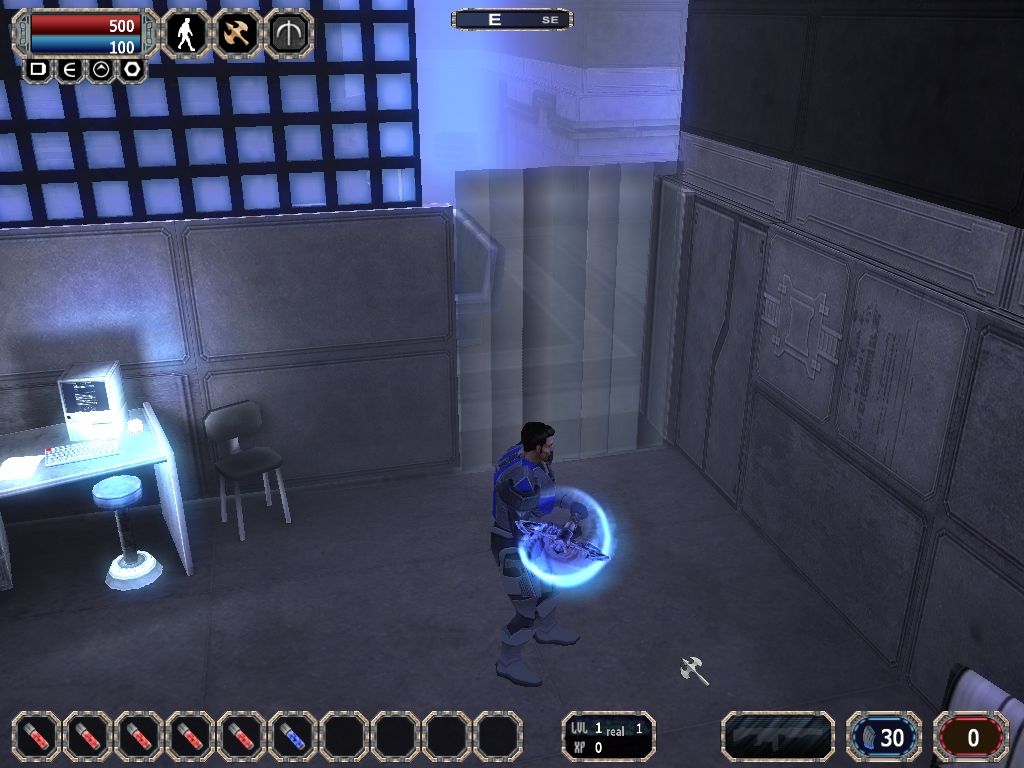
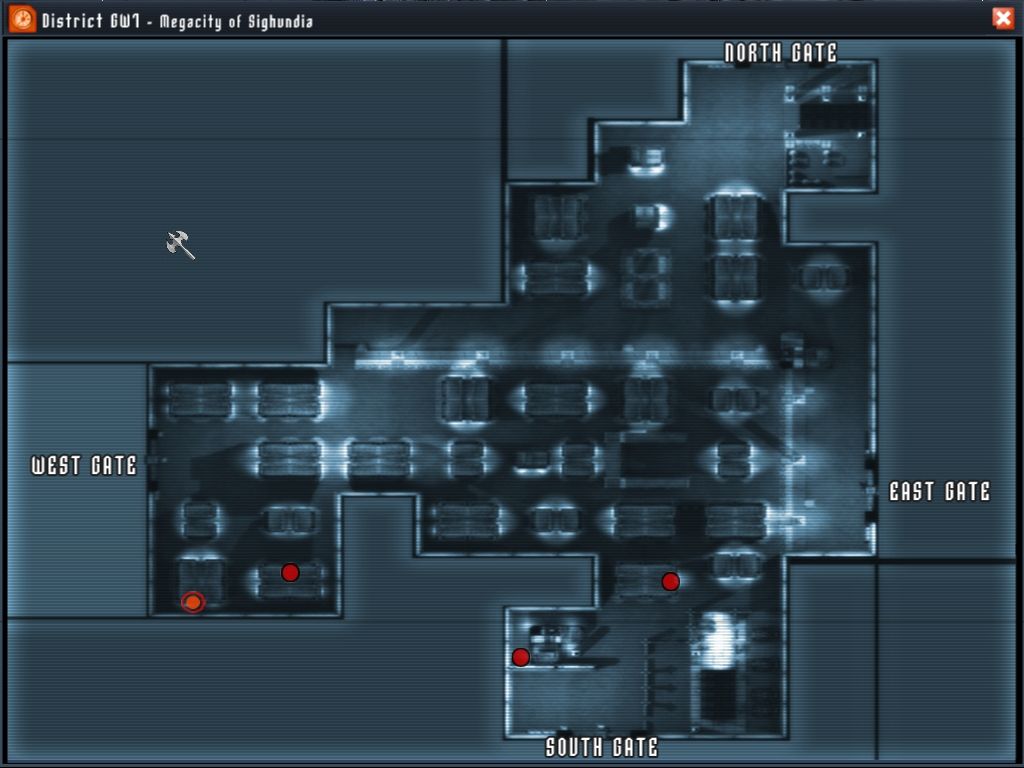



Reviews
There are no reviews yet.